Iconic Black Hawk helicopter has been turned into a drone
- By Alex Hollings
Share This Article
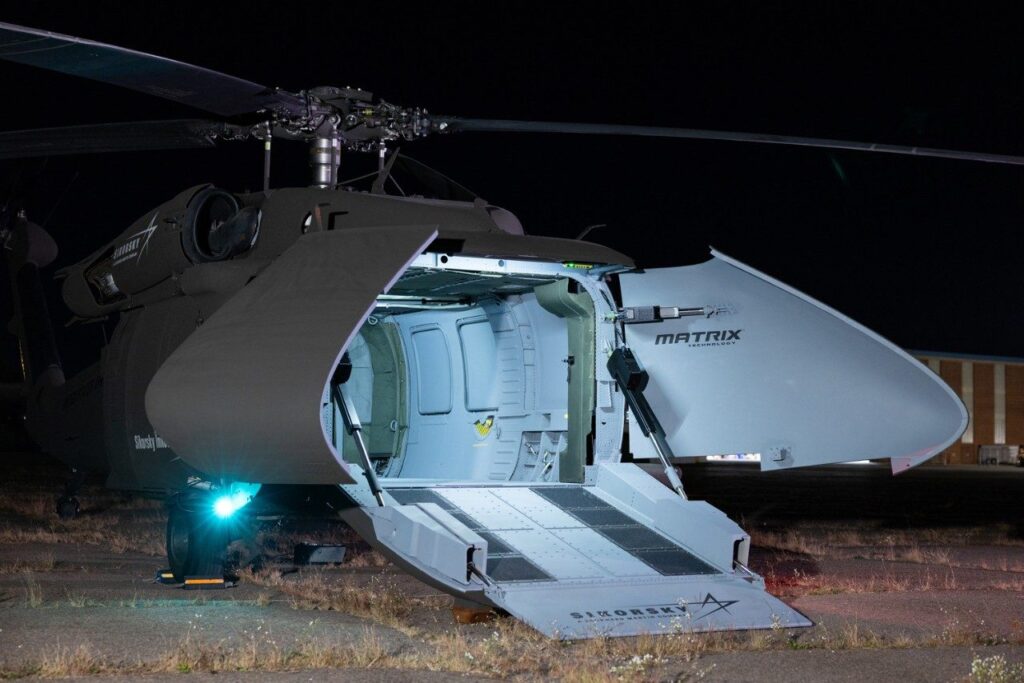
Sikorski has officially turned America’s most prolific military helicopter, the UH-60 Black Hawk, into a fully unmanned drone aircraft – and it might just be a glimpse into the future of military aviation. This new drone helicopter, dubbed the S-70UAS U-Hawk, has had its cockpit and crew stations completely ripped out in favor of a new clamshell and ramp-actuated door setup. This has turned the helicopter into an autonomous cargo drone capable of ferrying up to 9,000 pounds of equipment, covering more than 1,800 miles, deploying up to 50 of its own drones, or loitering overhead for as long as 14 hours.
This uncrewed helicopter is operated via a simple tablet interface, allowing troops with minimal training to employ.
America’s H-60 Black Hawk helicopter has been a staple of military operations around the world for nearly a half-century now. More than 5,000 of these tough and reliable rotorcraft have been produced by Sikorsky, now a Lockheed Martin subsidiary, over the years, and delivered to some 36 countries. The Black Hawk’s ability to eat small arms fire while remaining airborne, to quickly ferry troops or equipment into and out of the fight, and its sheer reliability – with a roughly consistent 85% readiness rate reported across combat environments – has all made the H-60 series of helicopters the most heavily relied-upon rotorcraft in the entire U.S. military that has roughly 2,276 of these rotorcraft currently in service.
The Black Hawk does have a replacement in the works, but with thousands of Black Hawk helicopters out there, there is a massive support and logistics infrastructure already in place all around the world and the U-Hawk could be well positioned to leverage it.
Making the Black Hawk into the drone U-Hawk allowed Sikorsky’s team to rip out the four standard crew positions from the front of the helicopter. This not only provided room for a large and useful clamshell and ramp-actuated door, but simultaneously increased the internal space for cargo storage by a whopping 25%. This will allow the drone helicopter to carry even bigger payloads, like Naval Strike Missiles to resupply ground-launchers, twice as many joint modular intermodal containers for troop resupply, or ground combat drones.
Just as importantly, Sikorsky said the U-Hawk is designed to carry anywhere from 24 to 50 short- to medium-range air launched effects (ALEs), which are effectively low-cost cruise missiles carrying warheads, ISR equipment, or electronic warfare capabilities out to targets more than 200 miles away.
However, to convert today’s Black Hawks into U-Hawks, you first need to install a fly-by-wire control system that can integrate with Lockheed Martin and Sikorsky’s MATRIX autonomy software.
Last October in Washington DC, Sandboxx News got to control a Black Hawk helicopter, which used MATRIX, as it flew over Virginia. It was extremely simply to operate. MATRIX effectively allows untrained troops to provide simple commands via a tablet, and then the autonomy software works out how to best execute them.
Lockheed Martin started flying MATRIX-equipped AI-piloted Black Hawks in 2019. Three years later, it demonstrated their ability to complete full resupply and medevac missions without a pilot. The company fielded its pilot-optional Black Hawk demonstrator last year. Now, it believes its U-Hawk could keep this helicopter line relevant for years or even decades to come – and they might just be right.
Lockheed aims to have the U-Hawk fly as soon as next year.
Feature Image: The U-Hawk drone helicopter. (Lockheed Martin)
Read more from Sandboxx News
- These are all of the US military’s surface-launched precision munitions
- SOCOM’s new commander is an experienced special operations leader
- The benefits of drones for the Marine Corps
- Energy drinks were the unsung hero of the Global War on Terror
- How much does it cost to train an Air Force pilot? A LOT
Related Posts
Sandboxx News Merch
-

F-35 ‘Lightning’ Poster
$22.00 – $28.00Price range: $22.00 through $28.00 Select options This product has multiple variants. The options may be chosen on the product page -
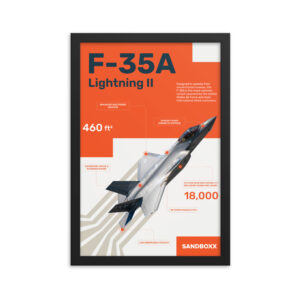
F-35 ‘Lightning’ Framed Poster
$45.00 – $111.00Price range: $45.00 through $111.00 Select options This product has multiple variants. The options may be chosen on the product page -

‘Sandboxx News’ Camo Trucker Hat
$29.00 Select options This product has multiple variants. The options may be chosen on the product page

Alex Hollings
Alex Hollings is a writer, dad, and Marine veteran.
Related to: Airpower, Gear & Tech
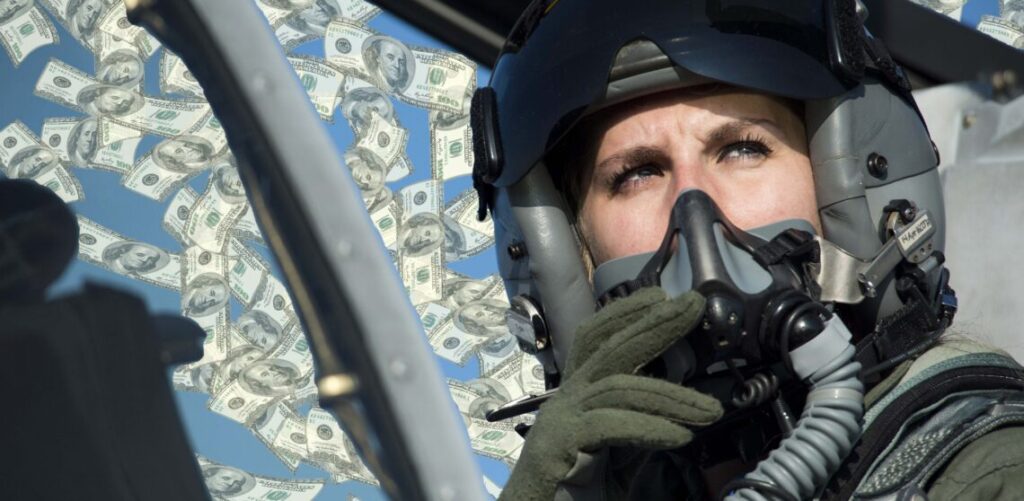
How much does it cost to train an Air Force pilot? A LOT
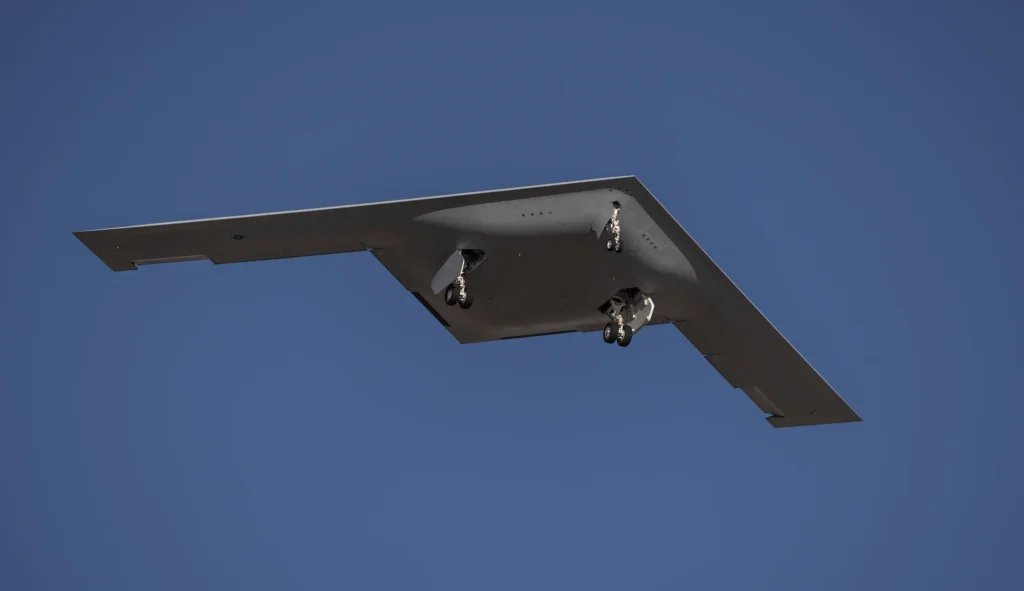
America now has a second B-21 Raider stealth bomber in the sky

Lockheed wants to give the F-35 a ‘Ferrari upgrade’ to bring in on par with upcoming 6th-gen fighters
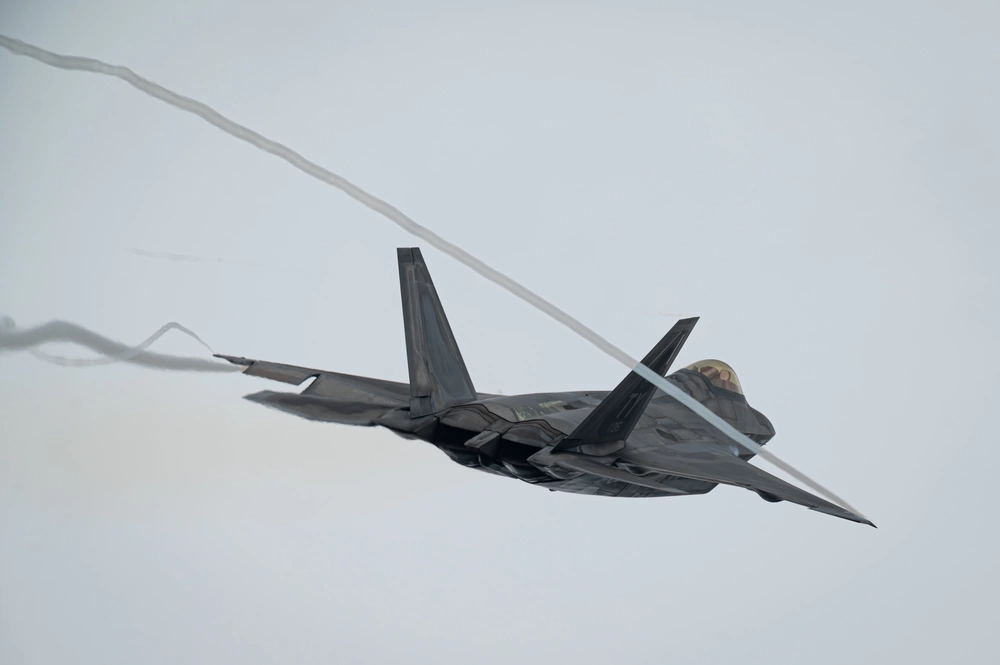
F-22 achieves record-breaking shot with Raytheon’s newest AIM-120 missile
Sandboxx News
-

‘Sandboxx News’ Trucker Cap
$27.00 Select options This product has multiple variants. The options may be chosen on the product page -

‘AirPower’ Classic Hoodie
$46.00 – $48.00Price range: $46.00 through $48.00 Select options This product has multiple variants. The options may be chosen on the product page -

‘AirPower’ Golf Rope Hat
$31.00 Select options This product has multiple variants. The options may be chosen on the product page -

‘Sandboxx News’ Dad Hat
$27.00 Select options This product has multiple variants. The options may be chosen on the product page
